The girl who witnessed Kristallnacht
- Published
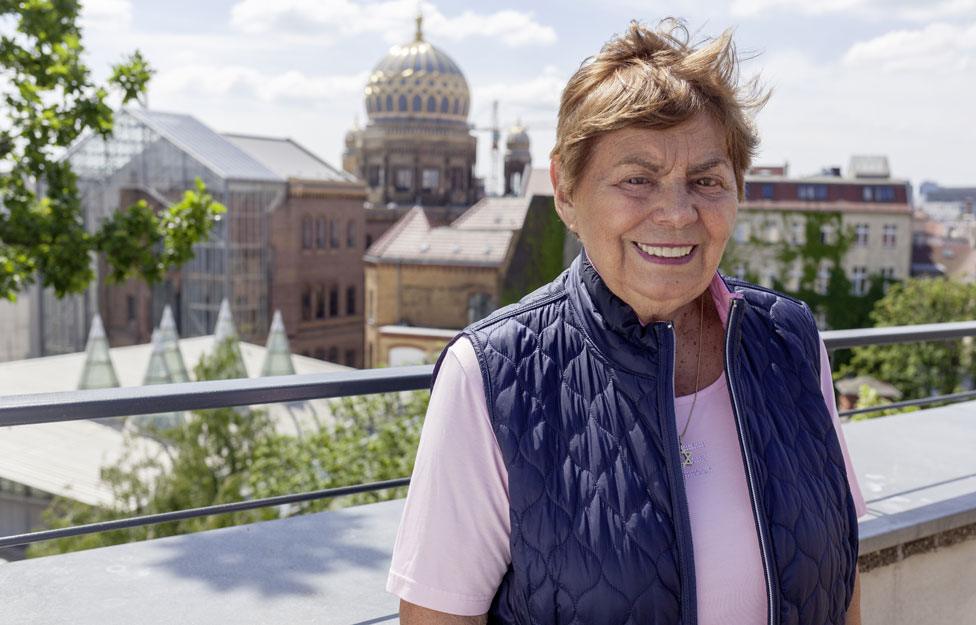
Eighty years ago the Nazis' persecution of the Jews suddenly turned violent in a night of mayhem. This and the next day are known as Kristallnacht, the night of broken glass - and there are still some who remember it vividly.
"Our father took me and my little sister in his arms that night, and said, 'this is the beginning of a very difficult time, and we'll try to live through it'."
Ruth Winkelmann is now 90, but looks far younger than her years. Her eyes are a bright hazel as she looks up at the sky above the roof terrace of her old Jewish primary school in the heart of eastern Berlin.
"When I stand here and look up at the clouds, I think that my father is watching over me, and it's a good feeling," she says.
Then, Ruth points across the rooftops, towards the domes of Berlin's New Synagogue, now restored and gleaming in the sunlight, remembering the smoke she saw billowing out when the Nazis set fire to it exactly 80 years ago.
She was just 10 years old on 10 November 1938. The day began normally, but as her father drove her to school, they witnessed troubling scenes.
"On our way in, we saw broken shop windows and shards of glass lying in the streets. And then we saw a shop where someone had painted the word 'Jew', and smeared on a star of David."

They drove on, and saw a Jewish man in a black coat.
Some Nazi stormtroopers had grabbed him, and were daubing a star of David on to the back of his coat. And then they beat him, too.
"I thought, 'My dad is with me and nothing bad can happen to me', but it was a very disturbing sight, and I was shaking."
Ruth had every reason to be afraid.
When she got to school, the head teacher took the girls straight into assembly.
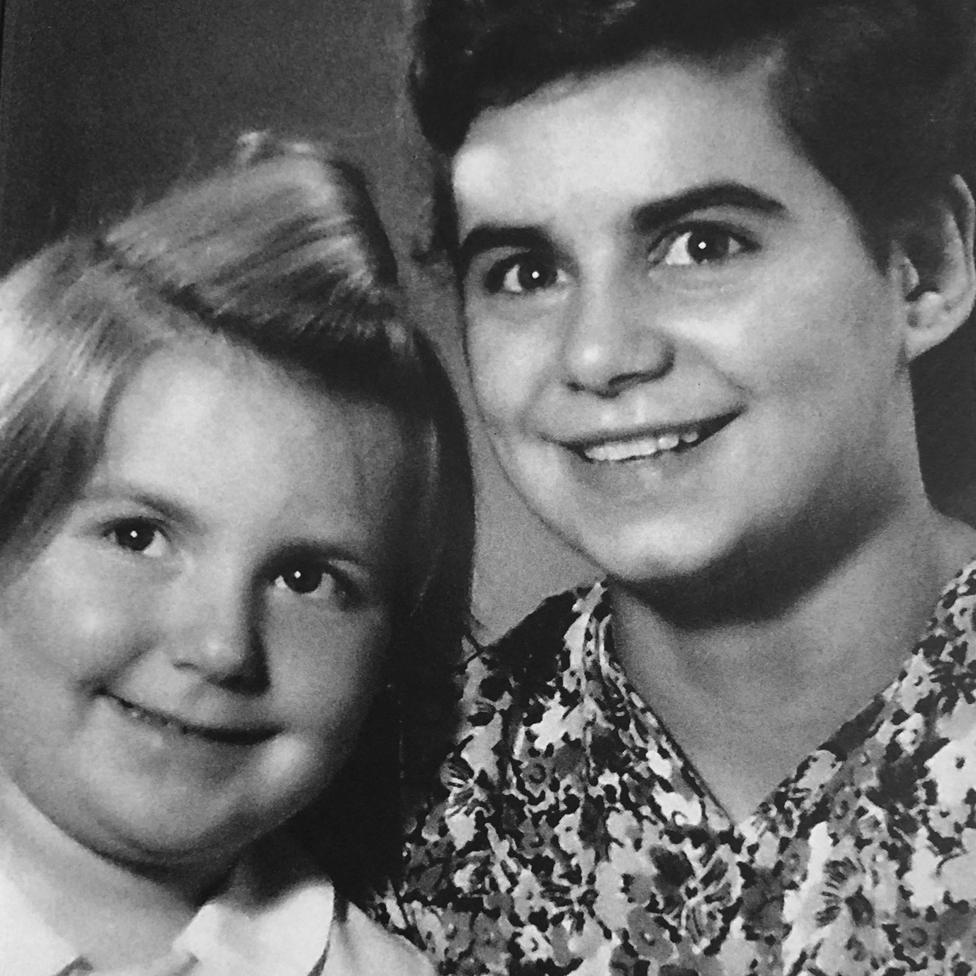
Ruth (right) with her younger sister, Eddi
"That's where we heard what had been going on in Berlin during the night - that Jewish shops had been smashed up and people brutally killed. Shop windows had been broken everywhere, and the words 'Jew' or 'Jewish pig' written in many places.
"We were all very frightened. And on that day, for the first time since I'd started attending that school in 1934, there were prayers. It was a Jewish school, but not an Orthodox, religious one."
The little girls tried to peer out of the school windows at what was happening on the street below.
"You couldn't actually see the stormtroopers from where we watched, just their flags - and they were shouting and making a terrible racket. They'd barricaded the entrance, and daubed stuff all over the school too - stars of David and 'Jew' and 'Jews out' and things like that."

A burning synagogue on Fasanenstrasse, Berlin
The Nazi government had steadily been passing legislation discriminating against Jews, including children like Ruth, who was born to a Jewish father, Hermann Jacks, and a mother, Elly, a Protestant who'd converted to Judaism in order to marry him.
In 1935 the Nuremberg laws had become the legal basis for the expulsion of Jews from public life in Germany. The Nazis codified exactly who was Jewish and to what degree: definitions that for many came to mean the difference between life and death.
On Kristallnacht, the creeping persecution burst into overt and bloody violence.

Find out more
Watch Caroline Wyatt's report for the News at Ten on Friday 9 November

That day, Ruth and the other girls had to escape via the school loft, walking two by two through the attics until they found their way down some stairs and into a back courtyard behind the main street.
"Our teachers told us to go straight home because the stormtroopers were still able to see us from where they were standing. We were terribly scared."
When she finally got home, Ruth realised that it was not just the children who were afraid, but her parents and grandparents too.
They had also seen the smoke coming from the New Synagogue after Nazi stormtroopers broke in, desecrating the Torah scrolls and setting fire to whatever they could find.
It was one of several hundred Jewish places of worship attacked in Germany that night, as well as Jewish homes, schools, hospitals and more than 7,500 businesses. Close to 100 Jews were killed, and some 30,000 Jewish men were arrested and taken to concentration camps.
Ruth only realised this was happening when she returned to school and discovered that several of the fathers had gone missing - arrested or deported: first the Polish Jews, and then the German Jews.
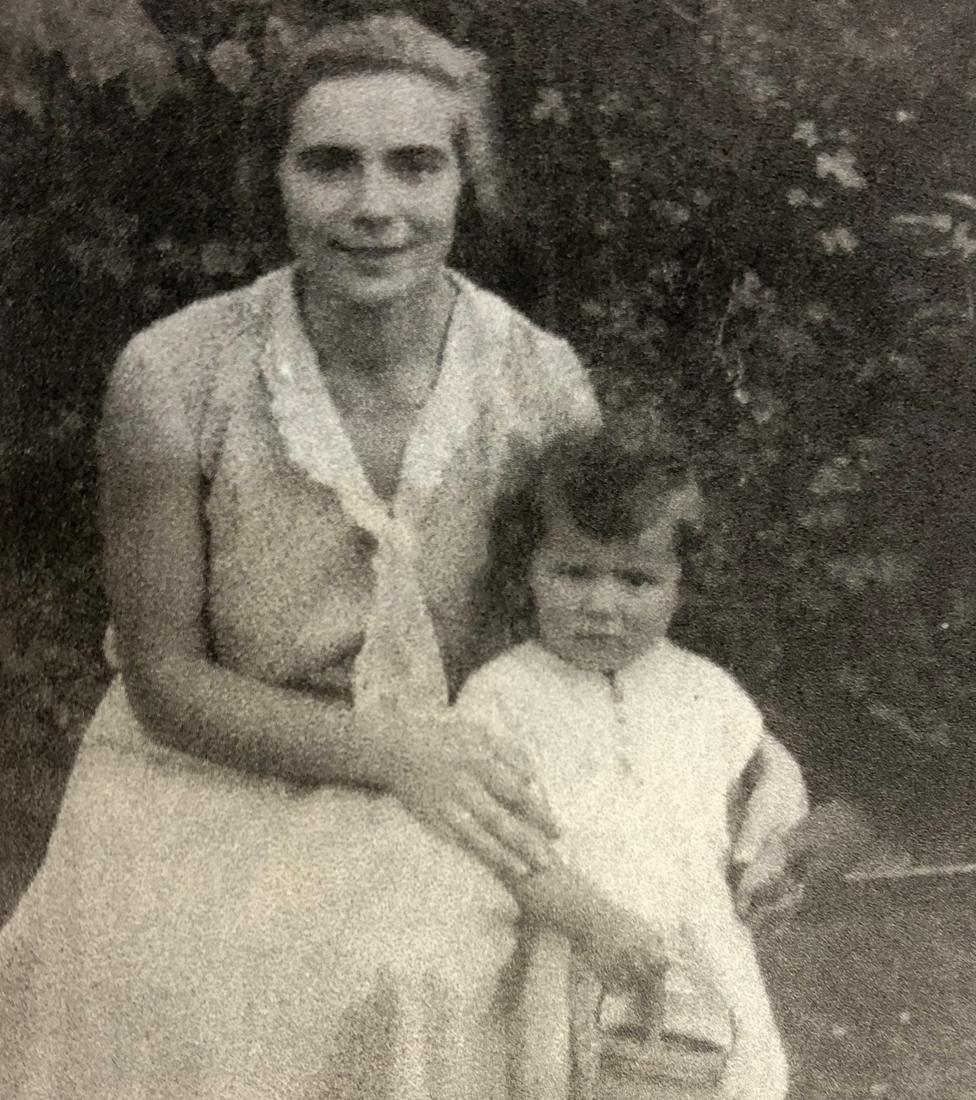
Ruth and her mother, Elly
As I sit with Ruth over a cup of tea at her cosy house near the woods in northern Berlin, she shows me black and white photos of her family and the home she grew up in, on a similarly tree-lined street a little further north.
Thanks to the Nuremberg laws, her father's parents were forced to sell their scrap-metal business, which left her father without a job. Then they were forced to sell their home. And later, her grandparents and Ruth's other Jewish relatives were deported. Fifteen of them died; only one survived. Her paternal grandparents starved to death in the concentration camp at Terezin, also known as Theresienstadt, in what is now the Czech Republic.
The sudden violence of Kristallnacht is seared into Ruth's memory.
"In retrospect, I became a grown-up on that day," she tells me. "The pogrom night took away my childhood."
She shows me a water-stained copy of her Nazi-era ID card, stamped with J for Jew.
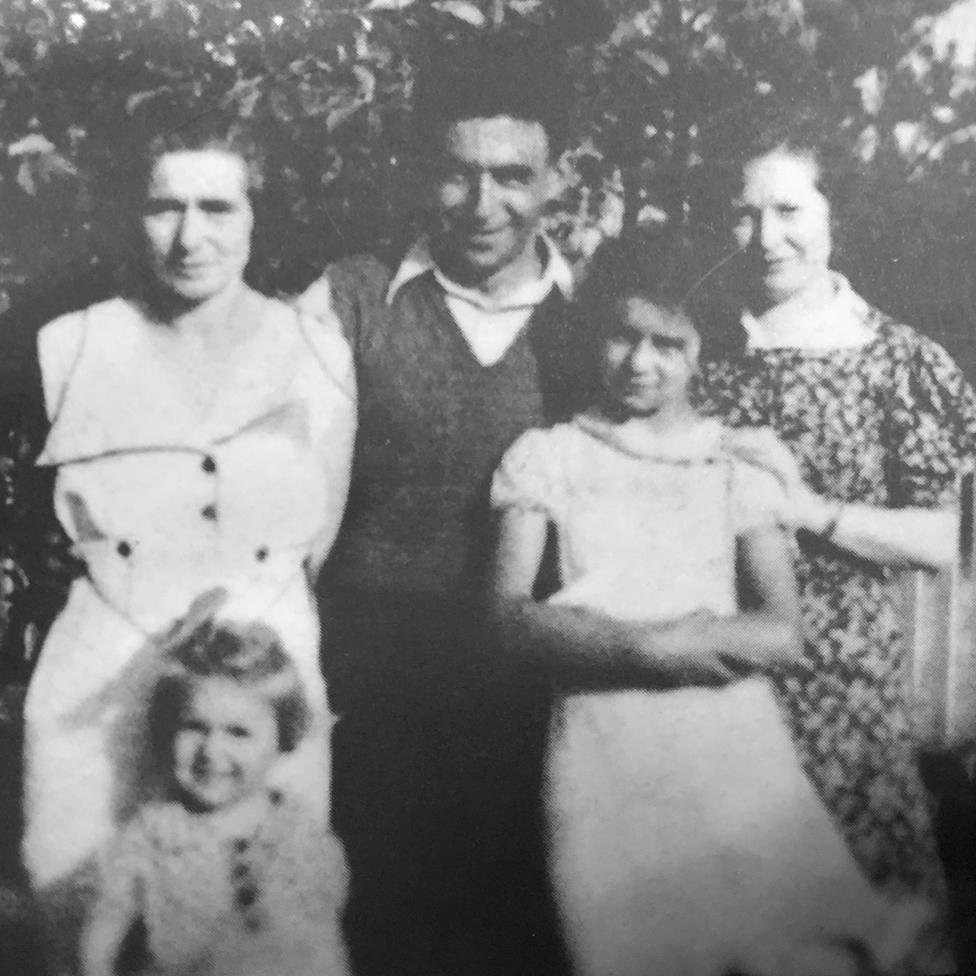
Ruth's family - her mother and younger sister (left), her father, Ruth and an aunt
The complex Nazi race laws had declared children such as Ruth and her younger sister Eddi "first degree mixed-race", because while their father Hermann was Jewish, their mother had been born Protestant. For the Nazis she still counted as "Aryan", despite her conversion, because of her German blood.
But because the two girls were registered as members of the Jewish community, they were deemed to be Jewish, Geltungsjuden. Later they were made to wear a yellow star on their coats and had to add the name "Sara" to their real names.
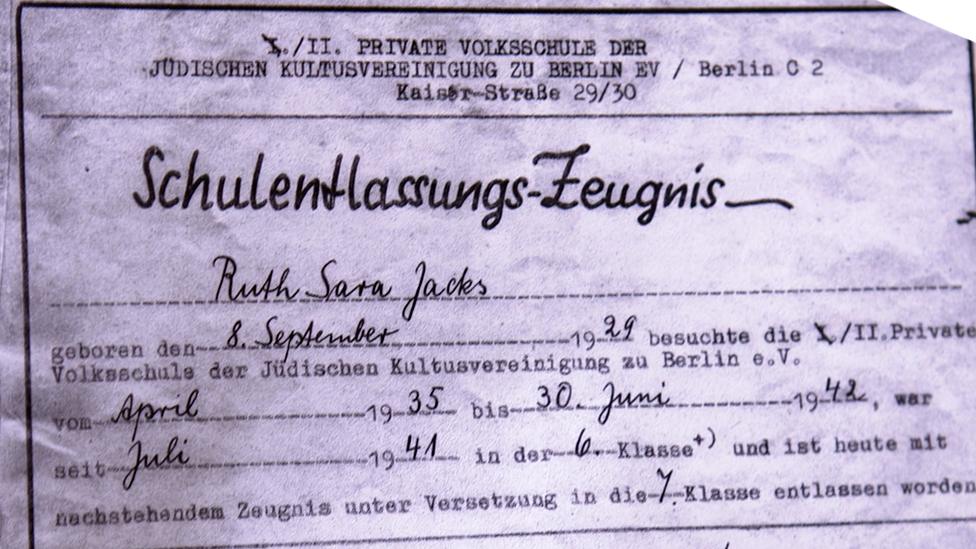
The name "Sara" was added to Ruth's name
In an attempt to save the children, Ruth's parents agreed to divorce. However, this left Ruth's beloved father even more vulnerable. He was deported to Auschwitz in 1943.
Ruth received four postcards from her father, sent from the death camp. She still has them. Now barely legible, they make clear that her father's final act of love to his children was to protect them from the horrors of the camp.
She reads me one of them: "My dear ones, I am well. How are you? Your parcel with bread and cake and tobacco has arrived. Thank you so much, that was very nice. Otherwise, nothing new. Best wishes to your Mum on her birthday too. Love and kisses from your Dad."
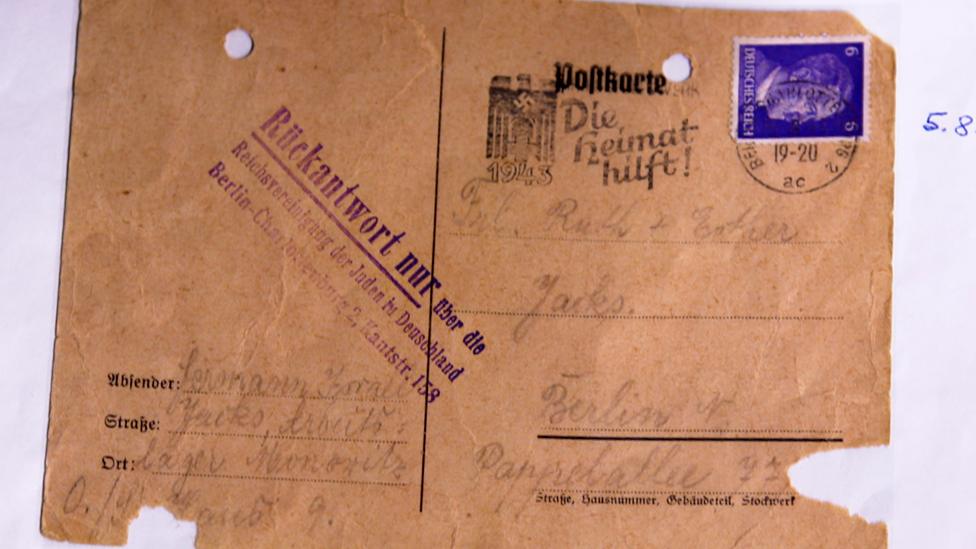
One of the postcards Ruth's father sent from Auschwitz
Ruth's father was a captive at Monowitz, a sub-camp of Auschwitz where prisoners were forced to work for the chemical industry. He was working on some scaffolding, when someone pushed him off.
Ruth found out that her father was taken away unconscious, in a van equipped with deadly gas, camouflaged as an ambulance.
"Everyone thought he would never have woken up again, but he must have done," she says. "Because I learnt from the Auschwitz archives much later that he wasn't killed until January 1944."
In Berlin, food for Ruth, her mother and her sister became increasingly scarce. At 14, Ruth was called up to do forced labour. All three received a summons from the Gestapo, and only narrowly escaped deportation.
Ruth's mother, Elly, decided it was time to go into hiding. She selected a wooden shed on an allotment in southern Berlin, which belonged to a member of the Nazi party called Leo Lindenberg, who had taken a shine to her.
"We didn't feel safe there in the shed, but it was better than any alternative, because we could live there as non-Jews," remembers Ruth.
"I never wore the yellow star on my coat there, otherwise Leo Lindenberg would have been in huge trouble. We told the neighbours that our flat in Berlin had been destroyed by the bombing. That was common enough, so nobody asked too many questions."
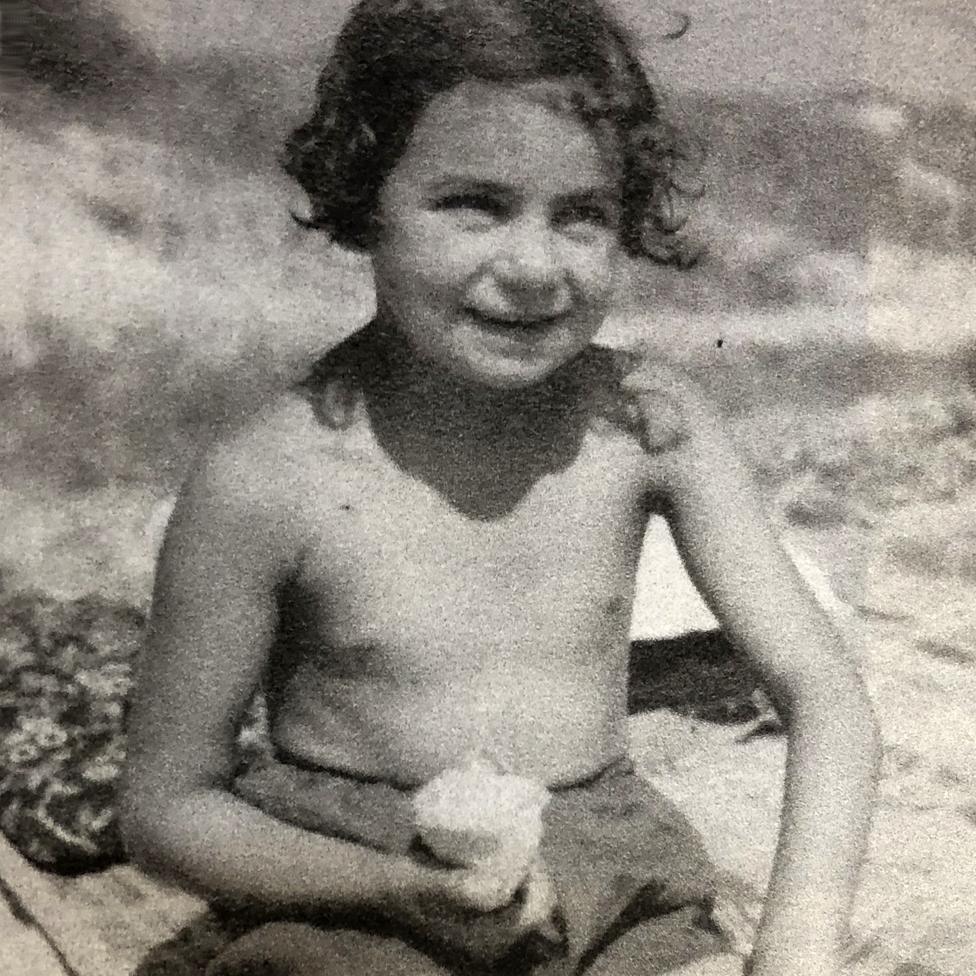
Ruth on holiday as a young child
Life in the shed was harsh - there was no water, electricity or heating.
"When the temperature outside fell to minus 10, it was minus 10 inside too. And in the last four months we lived on nothing but red turnips and oatmeal," Ruth remembers.
They had to grind the oatmeal from whole grains, putting them through a coffee grinder three times and then sifting it. It took half an hour to produce three spoonfuls.
Just before the end of the war, Ruth's sister Eddi died of diphtheria. But Ruth and her mother survived.
Later, Elly married Leo Lindenberg, who asked his step-daughter to convert to Christianity, and Ruth complied. But she still wears the star of David around her neck.
"I converted out of gratitude because Leo risked his life for us," Ruth explains.
"But my faith always remained mixed. I cannot say that I'm Jewish, and nor can I say that I'm Protestant. If you think about it, Judaism is the faith that Christianity sprang from, the root of it. I think that if I follow the 10 commandments, I'm not such a bad person. My father definitely wouldn't have condemned it, and his opinion was always the most important to me. My mother would have nothing against it either. More than anything else, she wanted me to live well and be happy."
Ruth says that even in the darkest times, she always kept her faith in God.

Ruth at home, wearing the star of David
"That doesn't mean I go to church a lot," she says, "but when I'm out in nature, I have everything I wish for and I thank him for the beautiful time I'm still having today. Not many people live to 90, and in reasonably good health too. I'm very grateful to my God."
However, she no longer wears her star of David in public, having seen a passenger on the underground rip a crescent moon necklace from the neck of a Turkish girl. She puts it on for family occasions, though, and when she is giving a talk - as she frequently does, despite her age.
For Ruth, connecting with the young and telling her story to new generations remains vital.
"The most important thing for me is that they take on board how difficult it is to live in a democracy. Everyone has a different opinion, and picking out the best requires care and attention," she says. "But democracy is the only way to live. Living under a dictatorship is impossible."
Ruth takes me to the house where she grew up. Set into the pavement outside is a small polished brass square, the size of a cobblestone. It's called a Stolperstein - a stumbling stone - and it bears the name of her father and the date he was killed in Auschwitz. She bends down to show me.
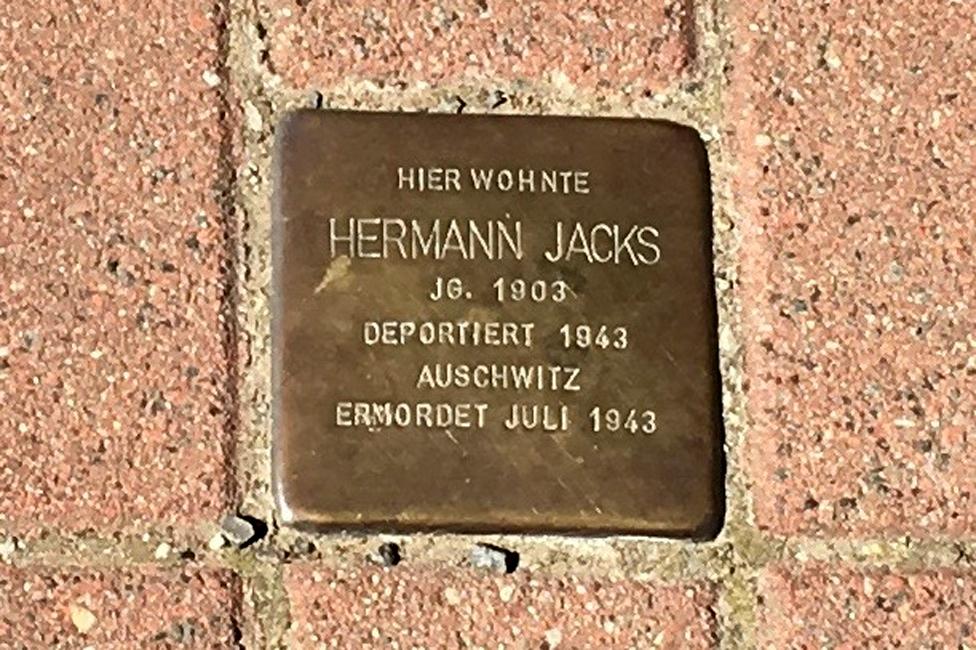
"To me this is a way of honouring my father. Because of course we don't have a headstone for him, there's no grave. And whenever I come past here, I pause for a moment - it's like a short visit to him. Whenever I come here, I feel as though my father is still standing there in the courtyard and polishing our bicycles, or all the family's shoes. That's what he liked to do on a Sunday morning."
Ruth has lived her life so remarkably free from bitterness. But is she alarmed by the rise of the far right in Europe, I ask?
"Of course I worry about that," she admits.
"But I'm hopeful that mankind learnt something from the Nazi era. I do worry about the rise of those parties, but I don't think we will ever see a systematic mass extermination like the Holocaust again. "
I meet Ruth again by the New Synagogue, just behind the school where she witnessed the events of Kristallnacht.
By the entrance, beside the armed guards who are now permanently present, is a black plaque with golden lettering.
It reminds passers-by that the synagogue was set alight by the Nazis during the night of 9 November 1938, and largely destroyed in a bomb attack by the Allies in 1943 before being restored.
In capital letters beneath, it urges: "Never forget."

You may also be interested in:
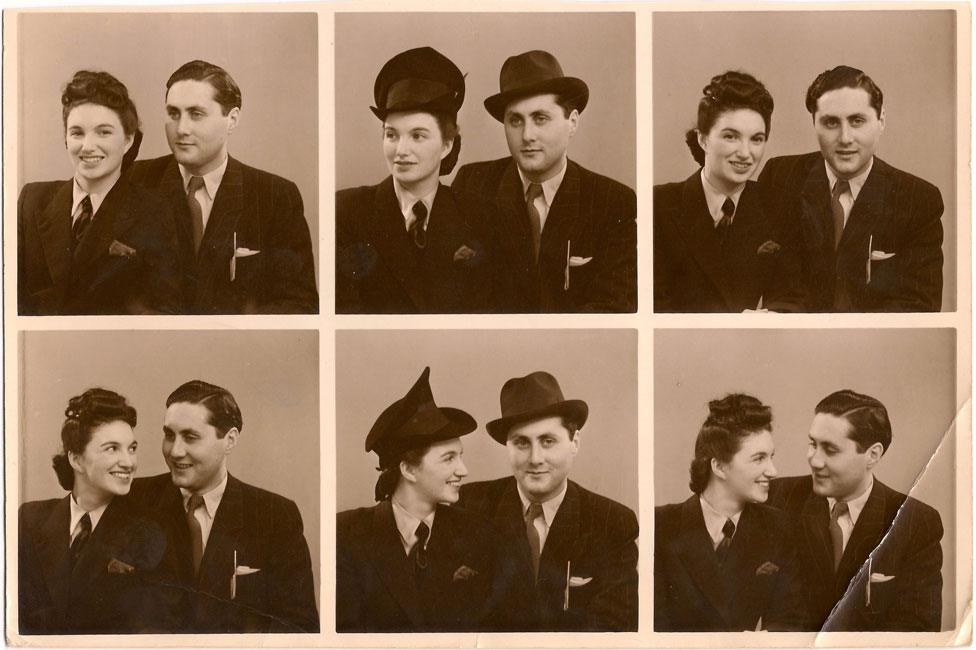
When Alexander Bodin Saphir's Jewish grandfather was measuring a high-ranking Nazi for a suit in Copenhagen 75 years ago he got an important tip-off - the Jews were about to be rounded up and deported. It has often been described as a "miracle" that most of Denmark's Jews escaped the Holocaust. Now it seems that the country's Nazi rulers deliberately sabotaged their own operation.
Read: The tip-off from a Nazi that saved my grandparents
Join the conversation - find us on Facebook, external, Instagram, external, YouTube, external and Twitter, external.
